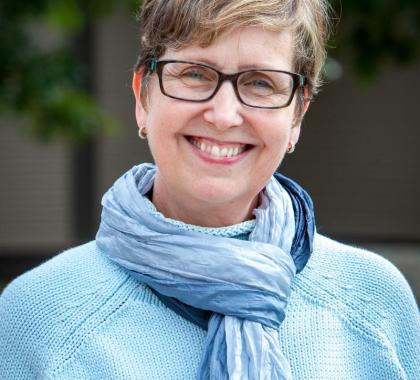We are now two months into the school year and our campus is buzzing with discussions, lightbulb moments, supported struggles, and joyful explorations. All of our classrooms, pre-kindergarten to eighth grade, bear witness to the strength of connections within this community, how carefully teachers scaffold information, the depth of curricular excellence, and how willing adults are to create environments that allow for mistakes, missteps, and amends.
I continue to reflect on the difference between this fall and last fall with the help of Elena Aguilar Educational Leadership article, “Emerging Stronger” and a series of four questions she asks of educators. The next up for me is:
What did you learn about creating the conditions for learning?
How did BDS continue to provide educational experiences that fostered growth and learning even in a pandemic? How did our parents, as partners, support this learning? How were our students able to rebound from months of isolation to reenter classrooms and re-engage in routines and relationships? To answer these questions, let’s start with a tool often utilized in classrooms before a topic is introduced: What do you already know? In this case, you are the expert on your own learning. How do you learn best? What do you need to take in new information? How do you make it stick? Time to take out the trusty journal and reflect on how you learn best. How do you know?
On the subject of learning, there is the theory that there are two different conditions that exist for optimal learninginternal and external. Science writer, Annie Murphy Paul, hypothesizes that we use not just our brains but our bodies, our environments, and our relationships to learn. In her book, The Extended Mind, she shares the research that confirms the importance of mindsets and grit in continual brain growth. She also introduces the reader to the power of listening to our bodies and creating the best environments for learning.
Maybe that sounds familiar? Paul’s book certainly confirms what we have known as exceptional educators at BDS for many years: without a strong connection between the brain, the body, and the community, learning can often be stalled. There is a reason you will see yoga and meditation, woods walks, songs, dances, and chants incorporated in our learning. There is also a reason that we at Belmont Day School speak so frequently about community and the importance of the relationships that exist within it. Our curriculum is stimulating, rich, and intentional and it exists on the foundations of safety, support, engagement, and challenge.
Theories of learning help us understand what needs to be in place to create optimal learning environments but they do not address the who. I could not comfortably explore my own or others’ learning without underscoring the importance of the people that supported, extended, and celebrated that learning. The faculty and staff at BDS are exceptional teachers and impressive creators of optimal learning environments. Behind each child that comes bounding out at dismissal or quietly shares a story at bedtime is a faculty member who saw them, listened, helped them solve a problem, championed their idea, pushed them just a little outside their comfort zone, and cheered wildly for them.
So what did I learn about creating the conditions for learning this fall?
I rediscovered that our students learn by sharing their own knowledge and adding new knowledge from teachers, play, and experiences. I saw that they learned most effectively in active social classrooms, where they interacted with information through multiple approaches. I learned that people are at the center of learning. Or perhaps I already knew that!




